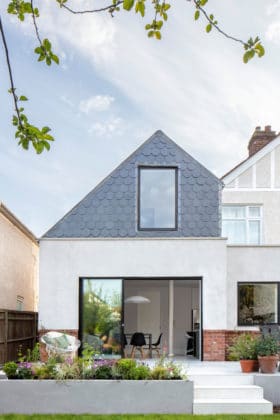
Use code BUILD for 20% off
Book here!
Use code BUILD for 20% off
Book here!Purchasing a plot inevitably involves a certain amount of risk. Not only are you buying a piece of land but also the potential to build a home on it. So, you need to be sure that you’ll be able to create what you want at a price you can afford.
More often than not, that’s readily achievable. But even still, you might occasionally encounter situations where there’s a high risk from a planning perspective, or other potential or unquantifiable costs and dangers. Most of the issues related to building plots can apply equally to properties ripe for conversion.
So, let’s take a look at those red flags that suggest you shouldn’t buy a site, starting with the obvious and working up to lesser known ones.
If it looks too good to be true, it almost certainly is. Land sold for the tempting price of a few £10,000s, with reassuring descriptions about how planning permission is highly likely, is not a viable building plot.
Some unscrupulous companies buy up pieces of farmland, often in the green belt, and lot them up into small parcels to sell off to the unwary buyer. Small areas of woodland can also be bought on a similar basis – it’s been going on for decades. It might seem obvious, but people keep getting caught out. Don’t be one of them!
As a general rule, good plots don’t hang about for very long. Much of this depends on the state of the market, of course, and in very quiet times, as we’ve just had in the latter stages of 2019, slower progress in selling any property is to be expected. But if a plot has been on the market for more than a year – or even six months – it demands close scrutiny. Have there been any offers?
If so, why have they fallen through? Of course, it might just be overpriced. But if a plot won’t sell for what appears to be a reasonable sum, then there’s likely to be a more serious problem that only comes to light after closer investigation.
These could be an expired or shortly to expire permission, no consent at all, or approval for something you don’t want to build that will need to be amended. Where there’s permission
in place, always carefully check the conditions attached to ensure that you can comply.
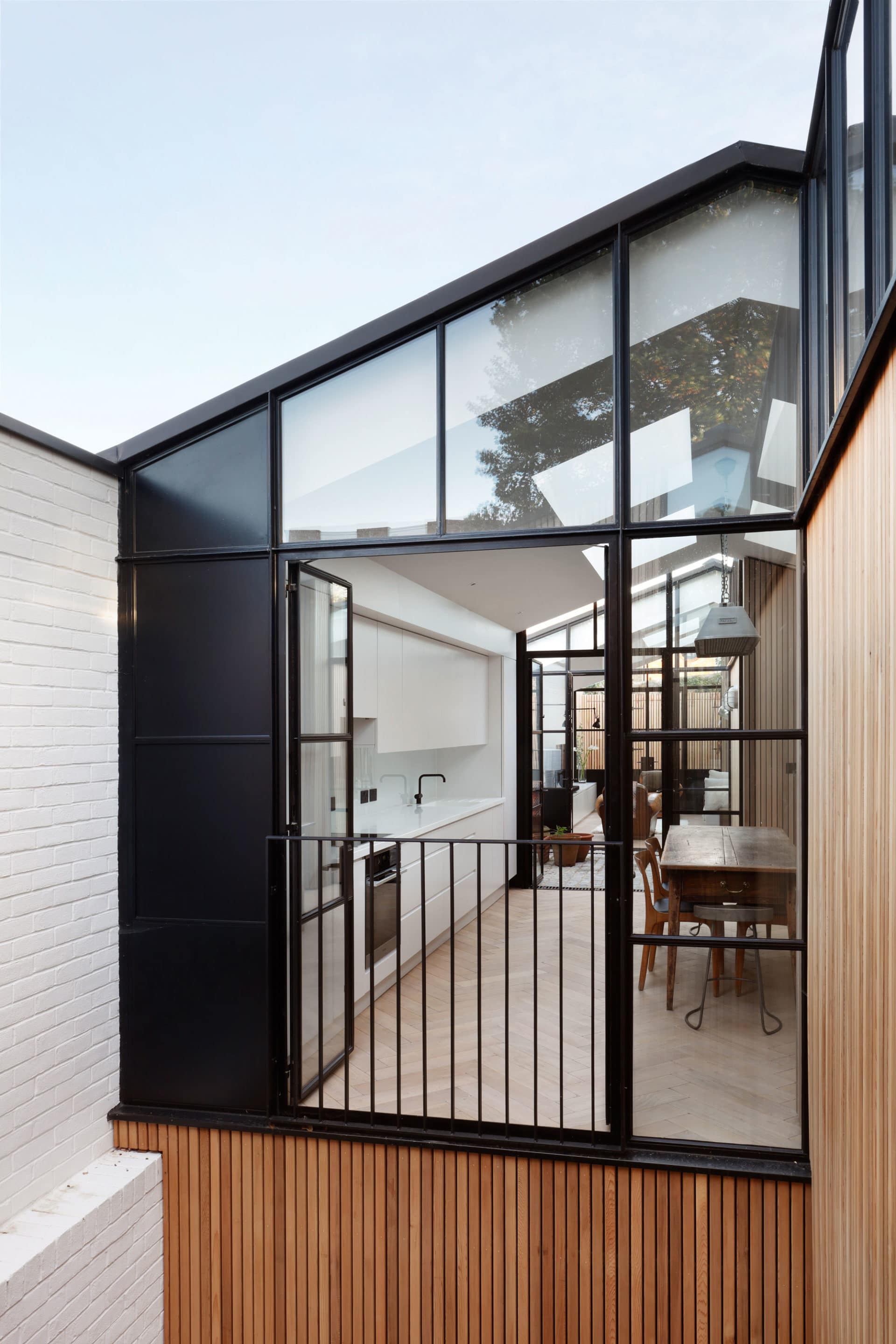
De Rosee Sa had to navigate 22 party walls before they could create this bespoke home for their client
The main issue with planning is a lack of certainty over what you can and can’t get consent for. You can enlist a professional or get pre-application advice from the council, but neither can give you 100% assurance. In an ideal world you would be able to make an offer on the plot, with purchase conditional on securing the permission you want, but this won’t always be possible.
You’ll have to weigh up the risks of not getting the exact scheme you’d like from planning, so pin down the things on which you really don’t want to compromise. Assuming there’s a permission already in place, looking at the planning officer’s report online should give you an indication of what’s likely to be acceptable.
These can include problems over rights of access, boundary disputes and restrictive covenants. You need to be certain you have permission to get into your plot. Usually this is simple, as most plots are situated adjacent to public highways.
Some, though, front onto private roads, common land, or wide verges whose legal ownership
is uncertain. Other issues arise where someone claims they have a right of access over your plot.
Boundary issues can be particularly troublesome where, for example, you need a certain width of land to build the house you want, but a neighbour claims that some of that area is theirs.
Learn more: Planning, The Party Wall Act and Boundaries
Legal covenants can restrict whether something is built on a plot, or dictate the style or location of the house. All of these are matters for your solicitor to advise you on. Some issues, like very old covenants or uncertainty over private road ownership, can often be overcome with indemnity insurance.
Most plots front onto roads where there are water, gas and electricity supplies, plus mains drainage, all of which you can connect to without undue expense. Some plots, though, might not have ready access to these services. Distance and the potential for these utilities to run through other properties not owned by you can add greatly to the costs and uncertainties of gaining a connection.
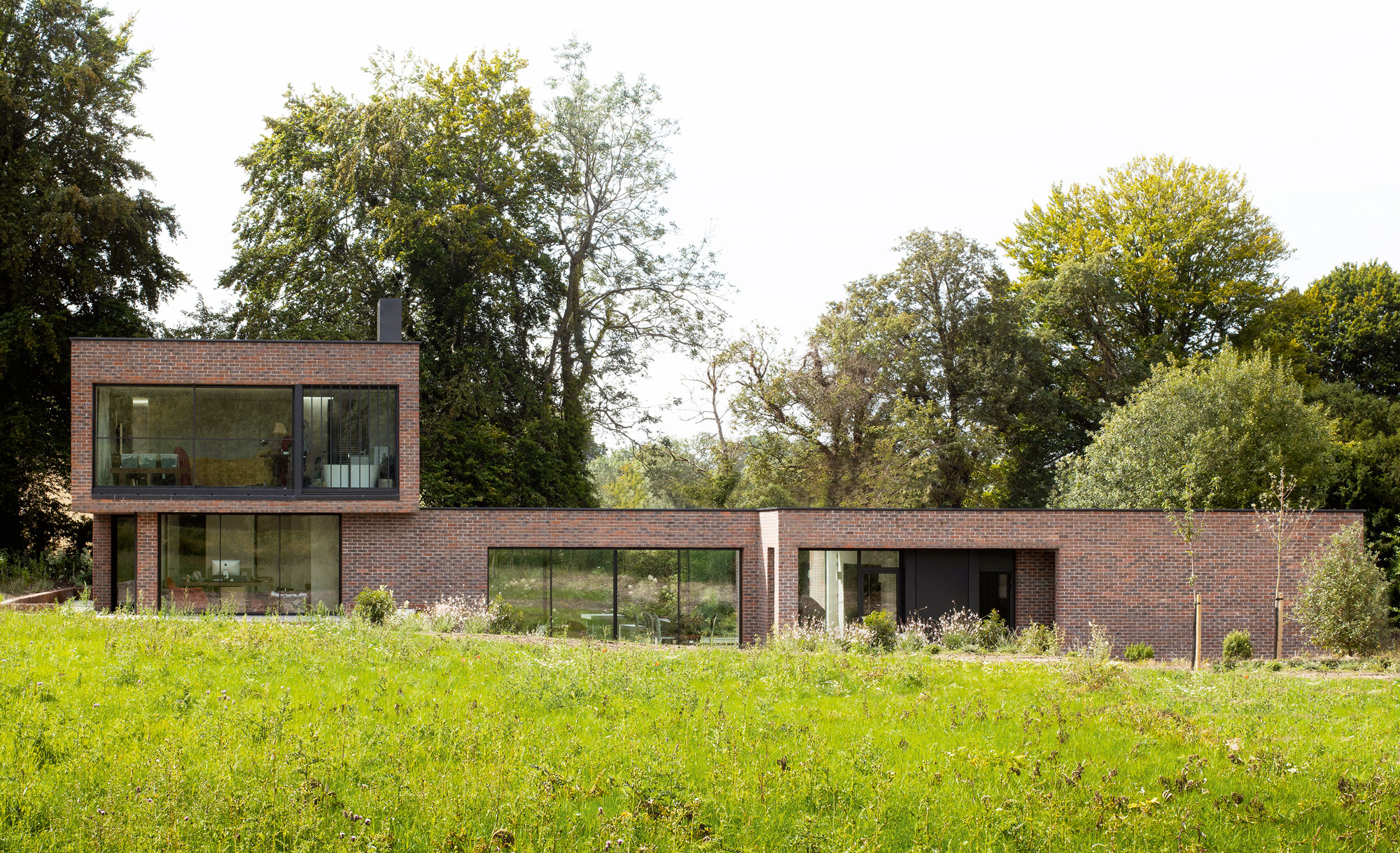
Planning consent to replace a series of derelict brick buildings with this modern home was won at appeal thanks to Paul Cashin Architects and Design Engine
So, always check the availability and price of hooking up to services. Occasionally you might find there’s an embargo on connecting a new home to a public sewer because the nearby processing plant is at capacity. So don’t just assume that if there’s a service available, you can tap into it.
Another issue can occur when services run under or over your plot. Diversions can be expensive, and are not always possible. Remember, you could have planning permission from the council to build a house, but this doesn’t mean you automatically can if there’s something in the way.
Flood risk from rivers and the sea is something that’s normally taken into consideration when planning consent is granted. Where a plot is known to be prone to flooding, floor levels are likely to be set high to keep the house dry.
But properties can be at risk from water running off adjacent land and, as recent experiences in northern England demonstrate, increasingly extreme weather conditions can produce flooding in unexpected places or to startling degrees.
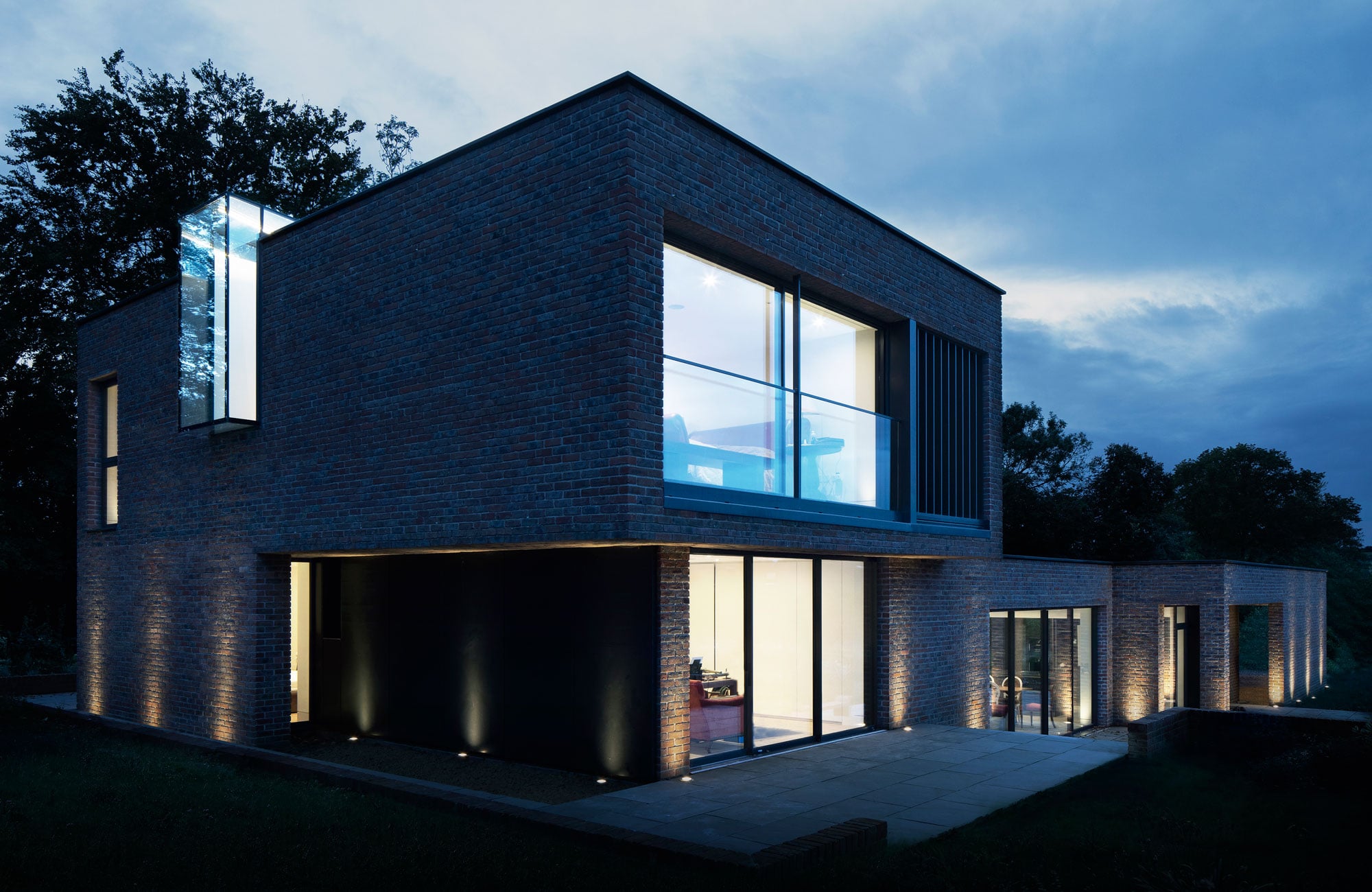
Paul Cashin Architects
Do your due diligence on flooding, including talking to locals and finding out if there’s any history in the area. While the Environment Agency’s flood maps are helpful, extra checks would be sensible in these times of volatile, changing weather patterns.
Where contamination is suspected on a plot, planning permission can still be granted, but subject to conditions requiring investigation and agreement to a scheme of remediation. The real danger is in the fact that the extent of the potential problem is unknown until further investigations are completed, including perhaps the drilling of holes to take soil samples and laboratory analysis.
The cost of such extensive investigations, agreeing a remediation scheme, implementing that plan and then getting the process signed off by the council can run into £10,000s.
Unstable footings, be it filled ground, soft sand, boggy land or crumbling hillsides, all have the potential to add significant cost to your build. Planning departments rarely take account of ground conditions for a plot, so the presence of planning permission is not a guarantee that the house can be built without special measures in place to deal with the issue.
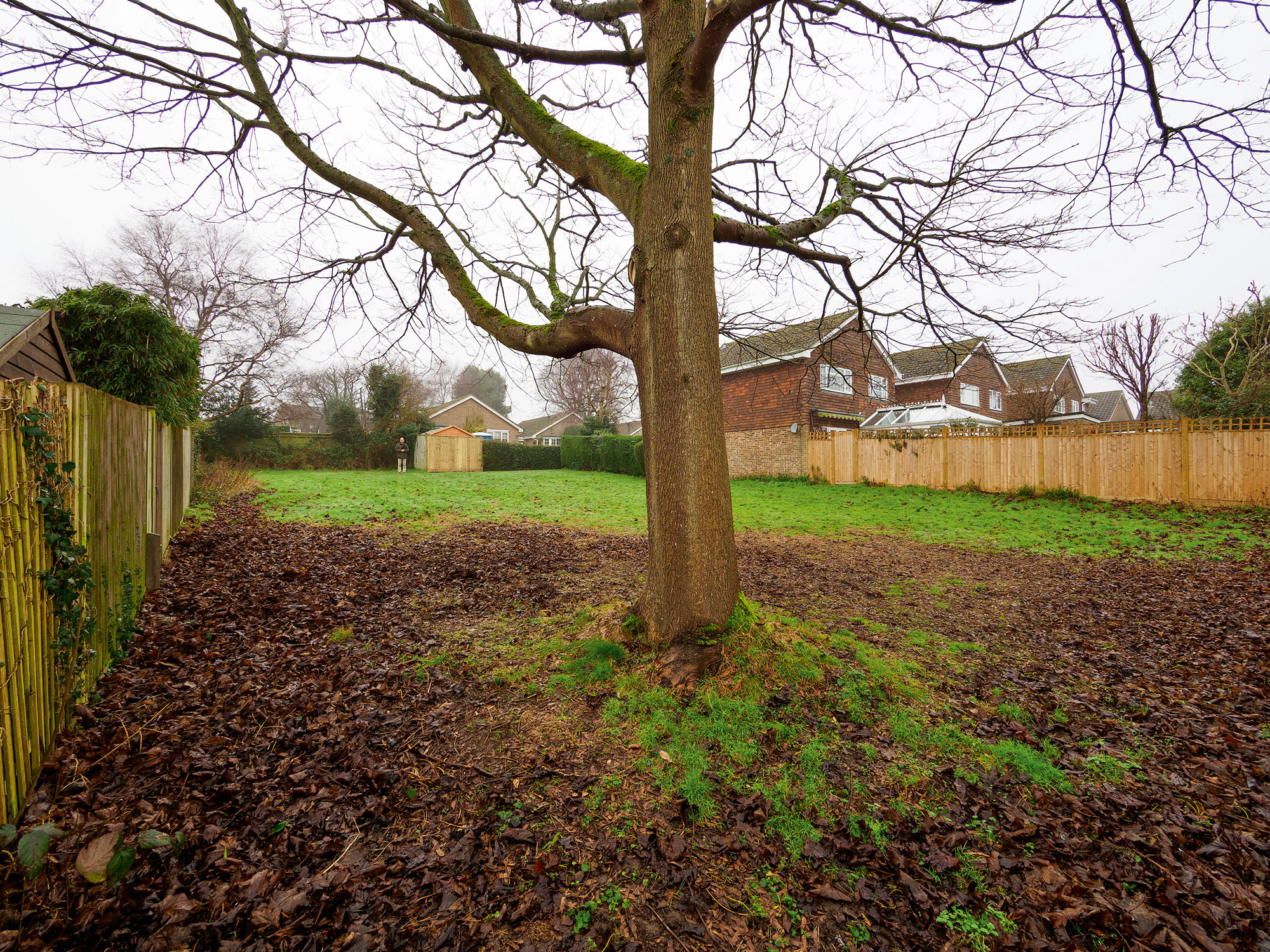
When Build It readers Matt and Sally found this plot with existing planning consent for a pair of semi-detached houses, they turned to Mike Dade for advice. The couple only wanted to build a three-bedroom home, so he suggested they tread carefully, as permission for the property they were after wasn’t guaranteed
It’s a good idea to speak to the building control section at your district or borough council as they will be dealing with Building Regs and are likely to have a good knowledge of ground conditions in the local area.
The likelihood of protected species on a plot is not something that often prevents development altogether, but it can add time and cost to a project. Buildings suitable for conversion can be an ideal habitat for bats, and ponds and lakes are suitable for newts.
A badger sett would be both unusual and potentially a significant obstacle to development. Get advice from an ecologist if you think there could be protected species on or near the plot.
The fact that you have planning consent to build on a plot sometimes suggests that the wider area might also have potential. If you’re buying partly because of an attractive view from your plot, make sure the land you’re looking at isn’t designated for future development.
Things like new roads or housing or industrial lots should show up on searches when you buy. But looking at the council’s Local Plan should also alert you to where development might be sited before you get to that stage, by which point you’ll be incurring legal fees.
